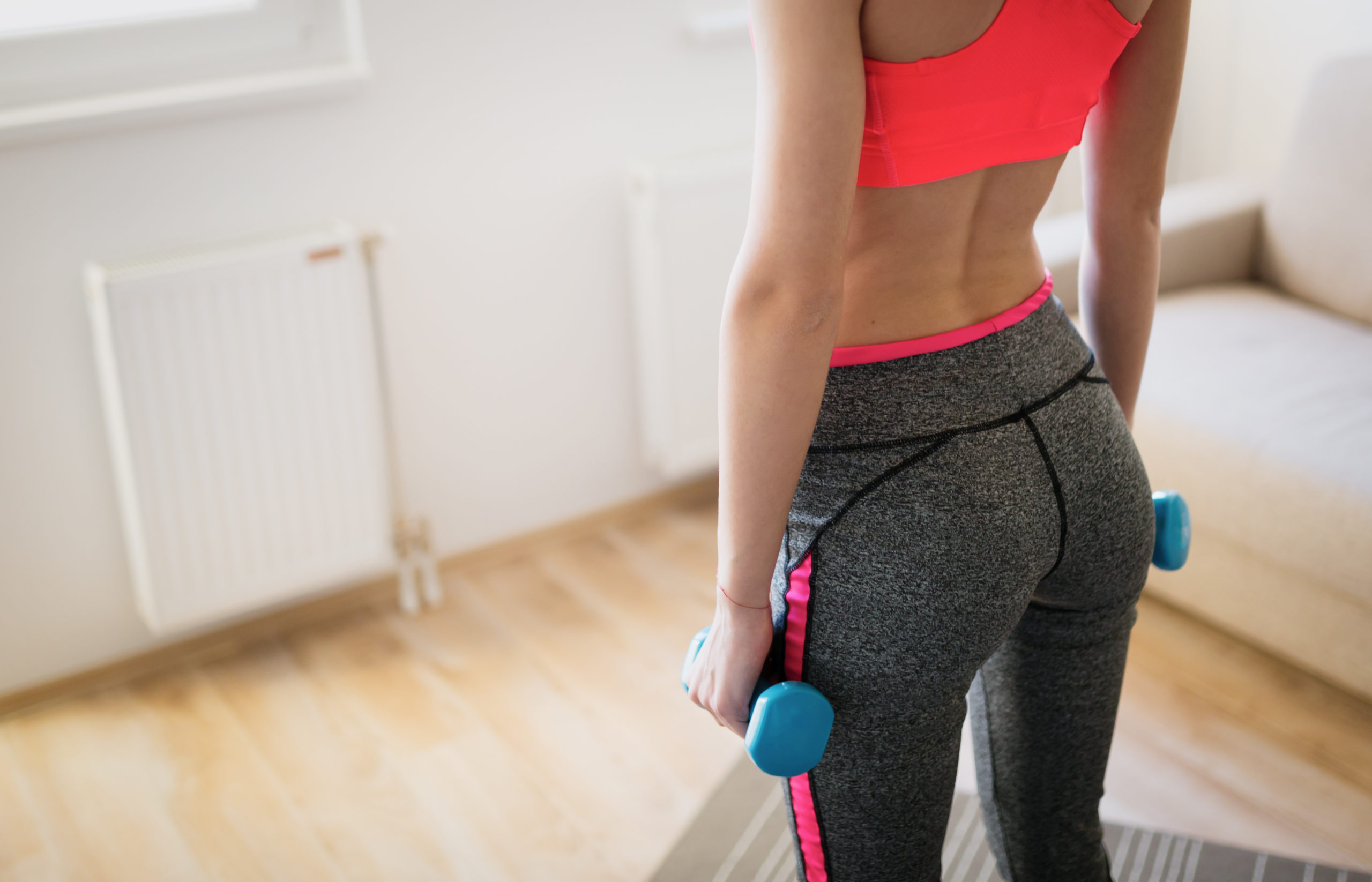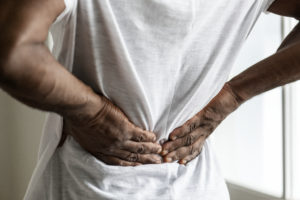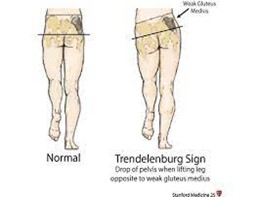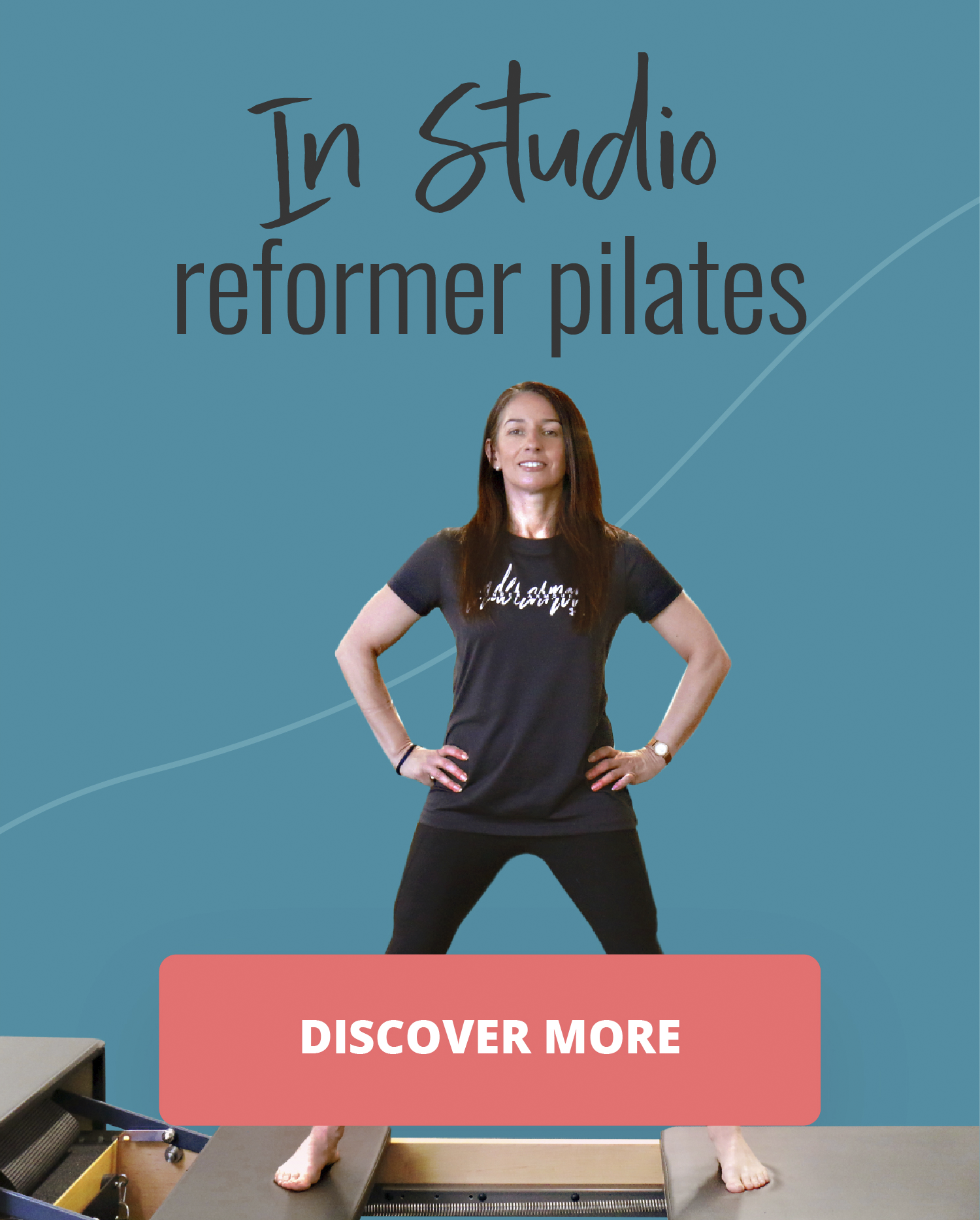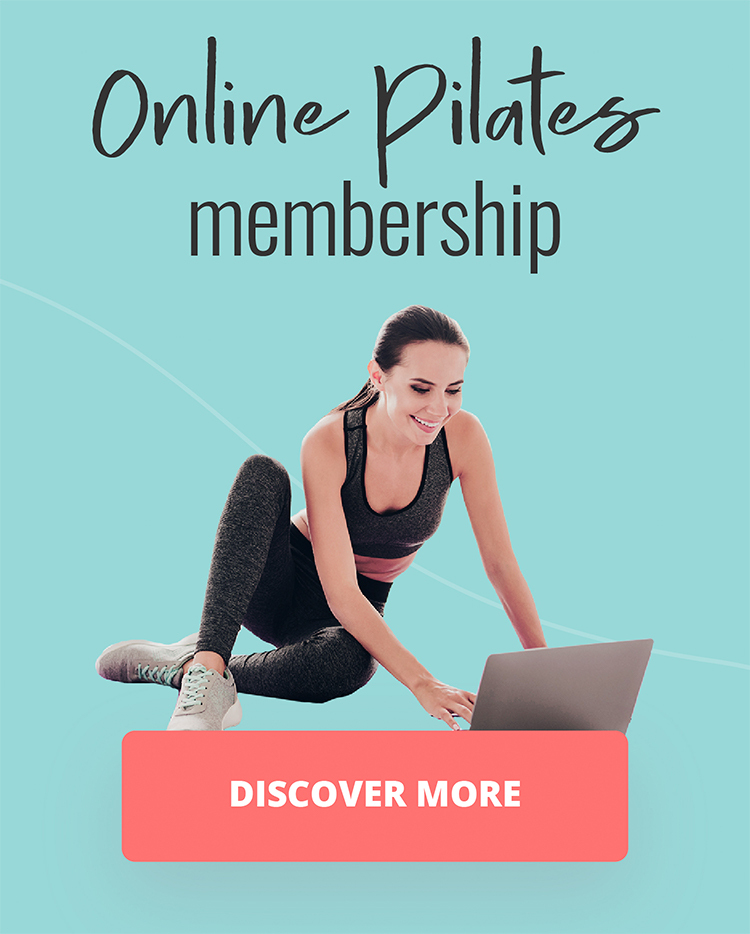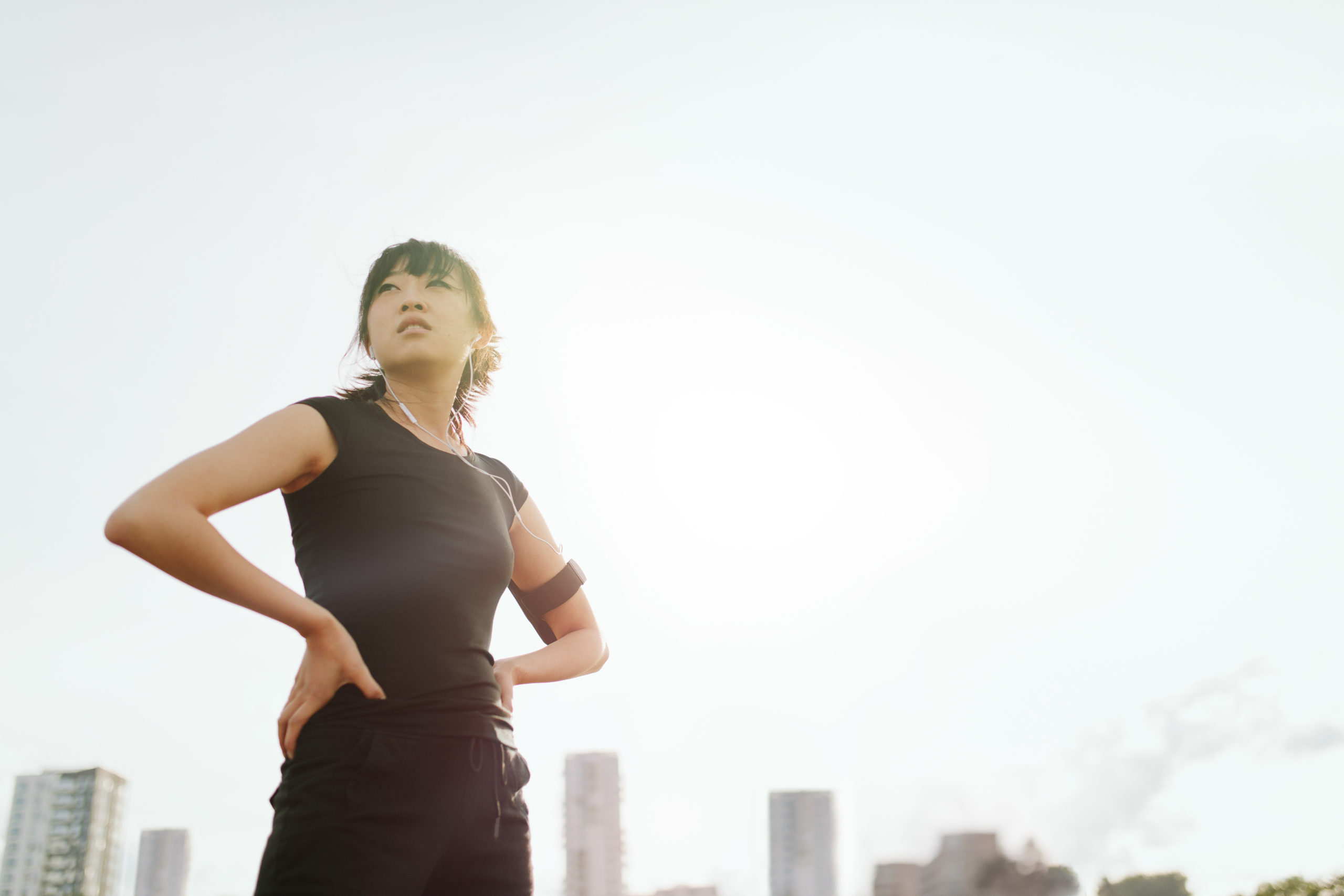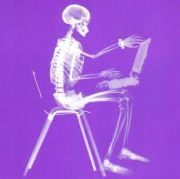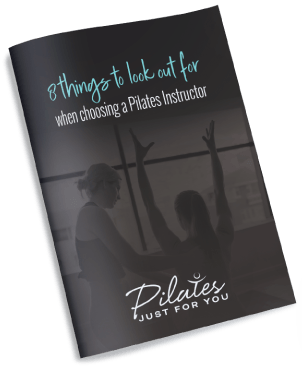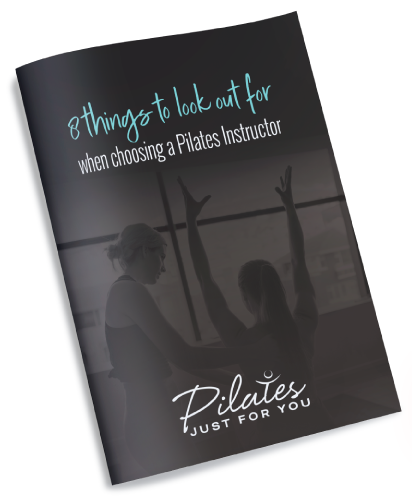The Largest of the body’s muscles group the Glutes consist of 3 Major Muscles
Gluteus Maximus
Gluteus Medius
Gluteus Minimus
They form part of the Core muscles to stabilise the hips and body. They create movement of the hip to extend, which we do every time we stand, climb stairs and walk. They also allow the hip to rotate and abduct. Like when your hands are full and you kick your leg out to the side to close a door or perform a side lunge exercise.
In sport they help accelerate, deccelerate, change direction and give explosive power. Researches actually found the only difference between an Elite Sprinter and less elite Sprinter was the glute size and strength. No other muscles were different including the calves!
They support the lower back especially when lifting heavy objects, prevent knee injuries and keep the pelvis in better alignment.
If you didn’t have Glutes chances are you wouldn’t be able to stand and this is why 100% of referrals from allied health professionals is for me to strengthen the Glutes. Weak, tight glutes lead to countless injuries and pain and change the Spinal and Pelvic alignment.
Common Injuries or Symptoms from Weak Glutes
Archilles tendonitis – Neck Pain – Lower Back Pain – Patellofemoral Join Pain – Shin splints – anterior cruciate ligament damage – Sprains and tears – ITB Syndrome – Osteopaenia/Osteoporosis
Further to this other muscles compensate such as the front of thigh muscles(quadriceps) causing knee and foot pain and injuries or the smaller stabilising muscles of the Hip. The Glutes work as an important muscle in the chain of movement of the lower extremities. If the hips are unbalanced the result is poor alignment all over the body.
If you are sitting now compare yourself to this image or try it and see what happens to your leg bone, knees and feet. The pelvis tilts when we sit causing maligned lower extremitites.
Trendelenburg Test – a measurement of Glute Strength
You can test your individual glute strength with the common Trendelenburg Test. Stand Upright and lift one foot off the floor into a bent knee. If your glute is strong the hips should stay level. If the hips hitch then the standing leg glute muscle is weak and needs further work. Check out the Video to see how https://www.youtube.com/watch?v=JyqhwdXCqyo
How to Strengthen the Glutes?
Glutes are not always the easiest muscles to target and isolate as many other muscles can assist and compensate. Targetted single leg work is good to do and even things as simple as hill walking will improved your glute strength. Sprinting is another great way to build up strength too and walking will help keep your hips mobile whilst firing up the glutes and of course your Pilates will always focus on the Glutes!
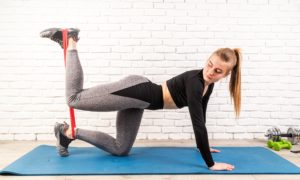
Benefits of Stronger Glutes
Increased Stamina – Huge Metabolism Boost – Increased Bone Density – Increase Calorie Burn – Increased Confidence and Better Posture – Eliminate or Reduce Neck and Back Pain – Decrease risk of injury – Better Climb stairs, Sit, Stand, Lift Heavy Objects – Maybe get that Kim Kardashian look – Feel Great and Strong – Reduce Hip Replacements and Injury
Looking forward to seeing you in-studio or in an online class, where we ALWAYS do Booty work!

